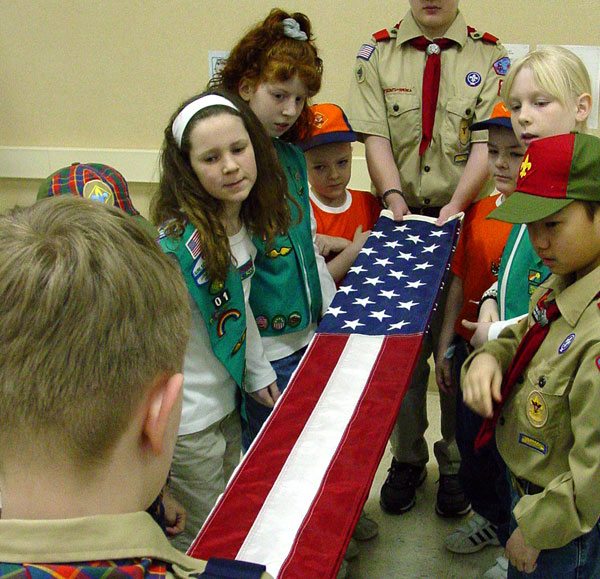
May 2, 2018; USA Today
Yesterday, the Boy Scouts of America—soon to be Scouts BSA—announced they were dropping the word “Boy” from their name for the main program for scouts ages 11 through 17. This follows an announcement that they will be accepting girls into the non-gendered Cub Scouts starting this summer and subsequently will eradicate exclusions for girls at those higher levels.
The Boy Scouts of America (BSA) ran a $45 million deficit in FY 2016, a $18 million deficit in $2015, and a nearly $34 million deficit in 2013, when the BSA was in the midst of its fight over the exclusion of gay scouts. So, while many other commentators are asking why they have decided to become more gender inclusive, we ask what took them so long. Do we think it is a good idea? That is another story, but even an organization with $629 million in total assets as of 2016 can’t keep losing money at that pace.
Sign up for our free newsletters
Subscribe to NPQ's newsletters to have our top stories delivered directly to your inbox.
By signing up, you agree to our privacy policy and terms of use, and to receive messages from NPQ and our partners.
While some decry the loss of the masculine moniker, the Boy Scouts of America was looking at fast-dwindling coffers and declining membership—2.3 million, down from 2.6 million five years ago and 4 million at its peak. Even its volunteer base is declining, according to the organization’s form 990. Will the decision be enough to stem the outgoing tide? Only time will tell.
The Girl Scouts, who had earlier expressed opinions over the BSA’s move to invite girls to join provide gender-specific leadership activities, do not appear to be planning for a change in that anytime soon. But that organization has had its own problems with membership declines and with deficits, for that matter, running two in the last four years in the $5–$7 million range. Its problems have been amplified by the voiced distress of local councils when urged to consolidate and relinquish local campsites.
Long story short, neither organization is on an upward swing, but it’s unlikely that the BSA decided to include girls out of a principled change of heart.—Ruth McCambridge













